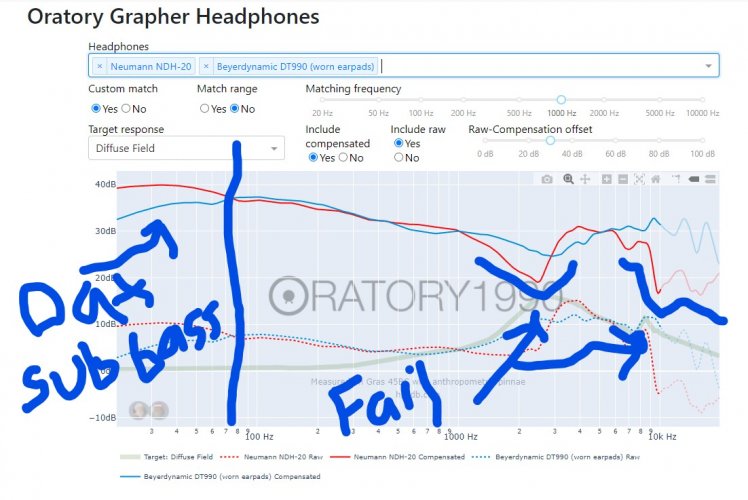I am a big fan of closed back headphones. They have many advantages over open back headphones. I think, the only fundamental problem (though bassheads might not see it as a problem!) with the traditional closed back headphone design concept is the standing waves and resonant frequencies that occur behind the drivers, in the housing/inside the sealed cups. But there are ways of dealing with this problem. One way of dealing with it is to introduce damping, that has the effect of cancelling out any resonances/ringing which may occur, and also enhances soundstage. Another solution would be to create bass ports on the cups (like the ones on the Fostex T50RP). I remember buying T40RP (T40RP is essentially the same headphone as T50RP but without the bass ports, as a result, the T40RP's cups are completely sealed/closed off) and being unhappy with it's sound in stock form (sounded bland, too flat and boring to me), so I bought different materials, and modded the hell out of them, applied lots of damping to the inside of the cups and cut out bass ports on them, and afterwards I noticed a huge improvement in it's sound. The T40RP's just seemed to open up completely, like a different headphone entirely, there where improvements all across the board, most notably in the soundstage and imaging. One of my favourite closed back headphones of all time (which I regret parting with) was the Beyerdynamic T70 250 ohm. This headphone had magic foam discs inside the cups, I say magic because the effect they had on the soundstage and imaging was phenomenal, and it's sound had that hard to find quality of a black/dark background. So the engineers at Beyer know all about eliminating standing waves and resonant frequencies, inside the cups. So you see, there are ways of dealing with these things. Personally, I don't favour open back headphones over closed back headphones. I think both have advantages and disadvantages over the other. Furthermore, I prefer to use closed back headphones when producing, mixing and mastering music, and for live monitoring, closed back headphones are a must.








